Confusion infused by Covid in a Tapestry of ‘Rangoli’ Cowrie Shells
- By TT News
- October 13, 2021
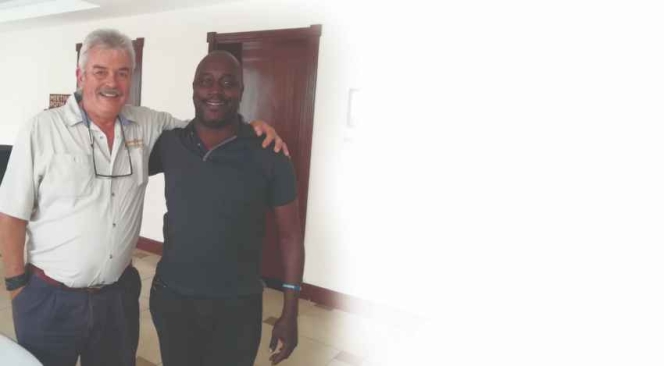
First a dissection of the tyre market in four different sectors – one that was severely affected and three that have been the mainstay of resilience.
Cowrie Shells of Trade
Initially, Cowrie shells were used as currency for trading right after the barter age. Cowrie shells were/ are still used in astrology in many parts of Africa to predict the future. Four cowrie shells held in the hand, the astrologer would then shake the shells while clenching the fist and throw them to the ground. Depending on how many shells turned upside, the astrologer would then tell the future. In my case, three have turned upside and one facing down – an ominous sign.
(Cowrie Shell number 1) The Motorcycle Market
Also known as ‘bodabodas’, motorcycles are divided into the mid-premium, premium and commuter motorcycles. The rise in numbers in pre-pandemic times and presently is because of their ability to move efficiently in urban and rural areas, especially where the road conditions are poor.
Between 2011 and 2019, the number of motorcycles grew 233 percent from 500,000 to 1.7 Million. The average annual demand for motorcycles is 200,000 units – a demand that is fuelled by a relatively affluent rural population with a drive for personal mobility (Source: Kenya Automotive Sector Profile – 60 years Anniversary edition). Motorcycle tyres sales have not lagged behind in the regard, with most of the imports coming from India and China. Often these tyres are not recyclable.
(Cowrie Shell number 2) Commercial Market Truck
The shift in rules and regulations surrounding travel has come with uncertainty and border closures that were aimed at stopping the spread of the disease. Closure of some truck tyre producing plants and ensuring that the overseas parent markets demands were met before exports meant that there was a shortage in this sector. The sector has been supported by the Light Commercial Vehicle tyres from the 7.00-16, 7.50R16, 9.5R17.5, 265/70R19.5 and, more recently, 255/70R22.5 (FI engines). These vehicles are not under the spotlight of weigh-bridge restrictions as compared to their bigger rig 22 and above wheeler cousins and hence have become a vehicle of choice of up-coming and existing transporters wanting to squeeze the payload shilling to a longer mile. Even in the absence of verifiable date or research papers, it is estimated that commercial driving has dropped by about 20 percent.
(Cowrie Shell number 3) Agricultural Tyres
The sector that continues on an upturn is one that continues to feed the millions of people every day. Even with a prediction of drought at the end of the year, tractors and farmers on the road continue to grind tyres to ensure that there are products from the farm to fork. The OEM/ replacement/aftermarket sectors are experiencing a rise in demand for efficient and productive agricultural machinery that is driving the agricultural tyre market. It is primarily the technological advancements and expanding population that are propelling the agricultural tyre market. Sameer Africa, the only agricultural tyre manufacturing concern in the country, closed its doors in 2019. While the overall scenario of the market is positive, the demand is hugely dependent on the economic turmoil in the region that invariably affects the farmers’ income and purchase of farm machinery. However, a downturn in farming equipment sales is expected to continue till 2022 as Covid-19 severely impacted the automotive industries.
Changing agricultural machinery design and increasing penetration into new unexplored terrain will require tyres that have stronger rubber compounds. Flotation, forestry, trailer and compound rubber tyres with steel flex wall are now trending in the local agricultural tyre market.
(Cowrie Shell number 4) Passenger and 4x4
Regarding the future impact of personal and business travel, Bill Gates recently noted that we can ask the question “Do I have to go there personally? ” and predicted 50 percent decline for the post Covid-19 world. In addition to that, walking, cycling and motorcycling have gained preference.
In addition to the specifics of the tyre market, various factors continue to plague the East African tyre industry, and they include:
• Uncertainty that the virus will move into the winter months and the Delta variant. With less than 10 percent of the population now vaccinated in the East African region, it is difficult to say how the disease will pan out. What is certain is that the periods of confinement will continue deep into 2022 (an election year in Kenya).
• At some point this year, freight costs rose by 300 percent. Tyre sellers had no option but to pass the cost to the consumer. Supply chain disruptions are here to stay mainly because Kenya will be having the general elections next year. Tanzania and Uganda have already had theirs. In such times, many investors hold back on the resources waiting for regime change and the chaos that follow a general election.
Rangoli of Possibilities
Many years ago, I woke up every day to beautiful drawings made on the ground in front of a neighbour’s doorstep. Drawn by a young Indian girl, I later came to learn their meaning. Using multi-colored, ochre, dried rice sand, flour, rocks and petals, beautiful drawings were made on the doorstep as a part of an everyday Hindu household practice – even more so, during the important Hindu ceremonies such as Diwali, Pongal and Tihar (I would urge the reader to view some of these drawings on Google). The Rangoli represents happiness, positivity and liveliness of a household (nation) intended to welcome health and happiness. It is for this reason that I intend to paint here that African Tyre Market Rangoli during this very trying Covid times mostly for therapeutic purposes.
It is in these Rangolis of possibilities that I would like to offer my predictions and possible solutions:
Prediction no. 1
In East Africa, future urban mobility will not rely on individual car traffic regardless of the propulsion system. The pandemic will cause urban planners to re-think the transport framework policy. Policy makers will nurture the momentum gained to further transform the traffic landscape towards environmentally friendly towns and cities.
Prediction no. 2
In the midst of dwindling and scarce resources, the one that remains unlimited is ‘IDEAS’. E-commerce readiness will be vital in determining the survivability of a business during the Covid-19 pandemic. The level of readiness will determine their continuance and sustainability.
E-commerce readiness can be examined on the basis of Technological readiness / Organisational Readiness and Environmental Readiness. Challenges and constraints thrown our way, such as the Covid-19 proffers, only encourage a business to adopt e-commerce and take it to another level. (Ref. Journal of Asian Finance, Economics and Business)
Suggestions on how to weather the storm
In order to strive, thrive and stay ahead of the pandemic curve, businesses in East Africa have to adopt different business strategies:
• Tyre business owners and managers must consider going against the previous market stock trends such as Just in Time Management. Maximise coverage, over-order on fast moving items, plan way ahead, order early, sell what your competition can offer you and pro-actively communicate with customers about impending shortage (being upfront and honest)
• Being constantly in touch with suppliers, strategically allocate stocks, buy out of the normal circles, train front-line staff on up-downsizing-cross sizing and tyre husbandry.
• Invest in your people in training (preferably online) and keep moral high.
• With pricing; work around keeping your cost low and don’t raise prices when you can’t supply. This puts you up against a customer.
What the Cowrie shells on the ground say
I would like to pen-off with the words of Kenya’s finance cabinet secretary, Ukur Yatani Kanacho:
“Last year around this time, you would think that ours was a deserted city. Life is now back to normal, the vibrancy is back. We are quite optimistic. Kenyans have accepted and adopted to the new way of living and we are quite alive to the challenges posed by Covid-19”. (TT)
- Yokohama Rubber
- GEOLANDAR X-AT
- All-Terrain Tyres
- Racing Tyres
- FIA Extreme H World Cup
- Hydrogen-Powered Motorsport
Yokohama Rubber To Power FIA Extreme H World Cup With GEOLANDAR Tyres
- By TT News
- September 12, 2025

The Yokohama Rubber Co., Ltd. has been selected as the official tyre supplier for the groundbreaking FIA Extreme H World Cup, the world's first hydrogen-powered motorsport series. The company will supply its GEOLANDAR brand of tyres for the championship, which is scheduled to commence next month in Saudi Arabia. The company will also continue to supply GEOLANDAR tyres for the Extreme E off-road electric vehicle series, which holds its final event on 4–5 October in Saudi Arabia.
Central to both the Extreme H and Extreme E series is a shared mission to advance sustainability and equality. The championships serve as dynamic platforms to promote environmental awareness and demonstrate cutting-edge technologies while also enforcing a strict mandate for gender parity by requiring each team to field one male and one female driver. The Extreme H series will feature eight international teams operating the Pioneer 25, a cutting-edge hydrogen fuel cell vehicle capable of generating 550 horsepower and accelerating from 0 to 100 kmph in 4.5 seconds. The global significance of this new championship is expected to draw a worldwide television audience across multiple continents.
As the predecessor to Extreme H, the Extreme E series utilised the high-performance all-electric Odyssey 21 vehicle. All teams competing in the new hydrogen series will also participate in this final Extreme E event, marking the conclusion of the electric championship as it transitions towards a hydrogen future.
In alignment with the environmental principles of these series, Yokohama Rubber will provide a specially developed prototype tyre based on its GEOLANDAR X-AT model. This tyre has been engineered with a significantly increased ratio of sustainable materials, comprising 38 percent renewable and recycled content. It has also been fortified with enhanced durability characteristics to withstand the unique demands of heavy hydrogen-powered and electric off-road racing vehicles.
Hankook Tire Unveils Future Mobility Innovations At 'Design Innovation Day 2025'
- By TT News
- September 12, 2025
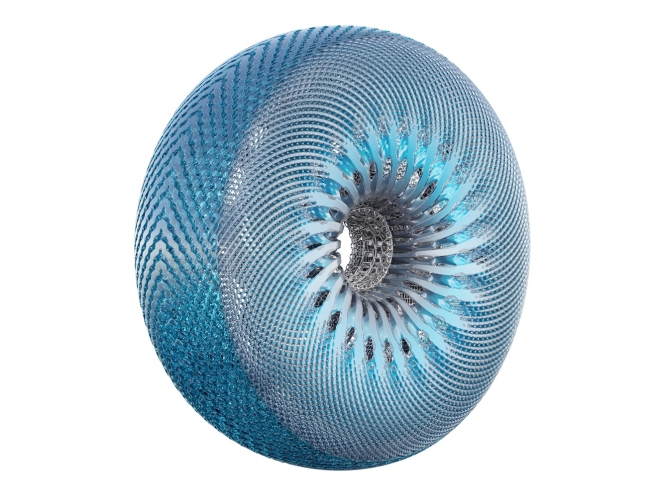
Hankook Tire is advancing its future mobility leadership through strategic open innovation and collaborative design projects. This effort was showcased at the company’s recent Design Innovation Day 2025, held at its Pangyo Technoplex headquarters. The event serves as a platform to present new solutions integrating sustainability, innovation and design while reinforcing partnerships with global technology leaders.
A major focus was the unveiling of two key outcomes from Hankook’s ongoing Design Innovation Project. The first was ‘Sustainable Concept Tyre’, an embodiment of the company’s ESG vision. Developed using advanced 3D printing technology, it is constructed from renewable and recycled materials. Its distinctive organic design was realised in collaboration with Harvestance using specialised engineering software.
The second reveal was the WheelBot 2, a multi-directional mobility platform developed with robotics startup CALMANTECH. This advanced robotic wheel system, equipped with tri-axial spherical tyres, demonstrates new possibilities for movement. Its potential was illustrated through a live demonstration of the PathCruizer, a two-seater pod concept powered by the WheelBot technology.
Beyond product reveals, the event highlighted Hankook’s commitment to knowledge sharing, featuring a presentation on 3D printing advancements from LG Electronics. These collaborations are central to Hankook’s strategy of strengthening its technology leadership. Since 2012, the company has partnered with world-renowned design universities and technology firms, consistently earning prestigious international design awards and solidifying the premium stature of its global brand.
CEAT Cuts Tyre Prices Across Portfolio Following GST Rate Reduction
- By TT News
- September 12, 2025
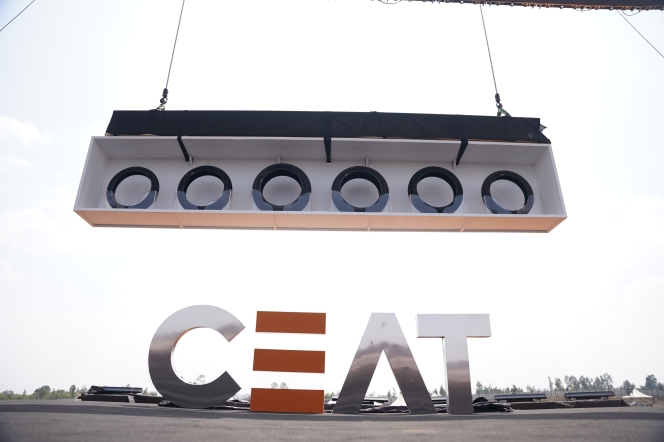
Indian tyre maker to pass full benefit of tax cuts to customers from 22 September
CEAT Limited said on Thursday it would reduce prices across its entire tyre range following the Indian government’s decision to cut goods and services tax (GST) rates on tyres, with the full benefit being passed on to customers.
The Mumbai-based tyre manufacturer said new prices would take effect from 22 September, covering commercial, agricultural, passenger vehicle and two-wheeler segments.
India’s 56th GST Council meeting approved significant reductions in tax rates for the tyre industry. GST on new pneumatic tyres was cut to 18% from 28%, whilst tractor tyres and tubes will attract a reduced rate of 5%.
“We thank the Government of India and the GST Council for their timely and progressive decision to rationalise tax rates in the tyre sector,” said Arnab Banerjee, Managing Director & CEO of CEAT Limited.
“The reduced GST slabs will greatly benefit the tyre industry and consumers alike. Not only will it lower the cost of owning and operating a vehicle for customers across various segments, but by making tyres more affordable to replace, it will also make our roads safer.”
Banerjee added the move would “spur formalisation and greater compliance, while also fostering sustainable growth in the sector.”
The GST rate cuts represent a significant policy shift for India’s automotive sector, where high taxation has been a longstanding concern for manufacturers and consumers.
Yokohama Rubber Recognised As ‘DX Certified Business Operator’ By Japan’s METI
- By TT News
- September 12, 2025

The Yokohama Rubber Co., Ltd. has been officially recognised as a DX Certified Business Operator by Japan's Ministry of Economy, Trade and Industry (METI). The designation, which was granted on 1 September 2025, identifies companies that are thoroughly prepared for digital transformation as outlined by the Digital Governance Code.
This certification acknowledges Yokohama Rubber's comprehensive strategy for digital transformation, which is built on three core objectives: advancing business strategy, contributing to sustainability and reinforcing its IT infrastructure. Central to this effort is the company's proprietary AI framework, HAICoLab (Humans and AI ColLaborate), which drives group-wide digital initiatives. These include improving productivity, innovating processes, developing digital talent and building a global cloud-based IT system. The certification confirms that the company's efforts not only meet METI's stringent criteria but also demonstrate appropriate disclosure of information to its stakeholders.
Moving forward, the company said it will continue to leverage data from its entire value chain to adapt to a dynamic business environment. The company aims to enhance customer value, pursue sustainable innovation and transform its corporate culture to strengthen its competitive position and ensure long-term growth.


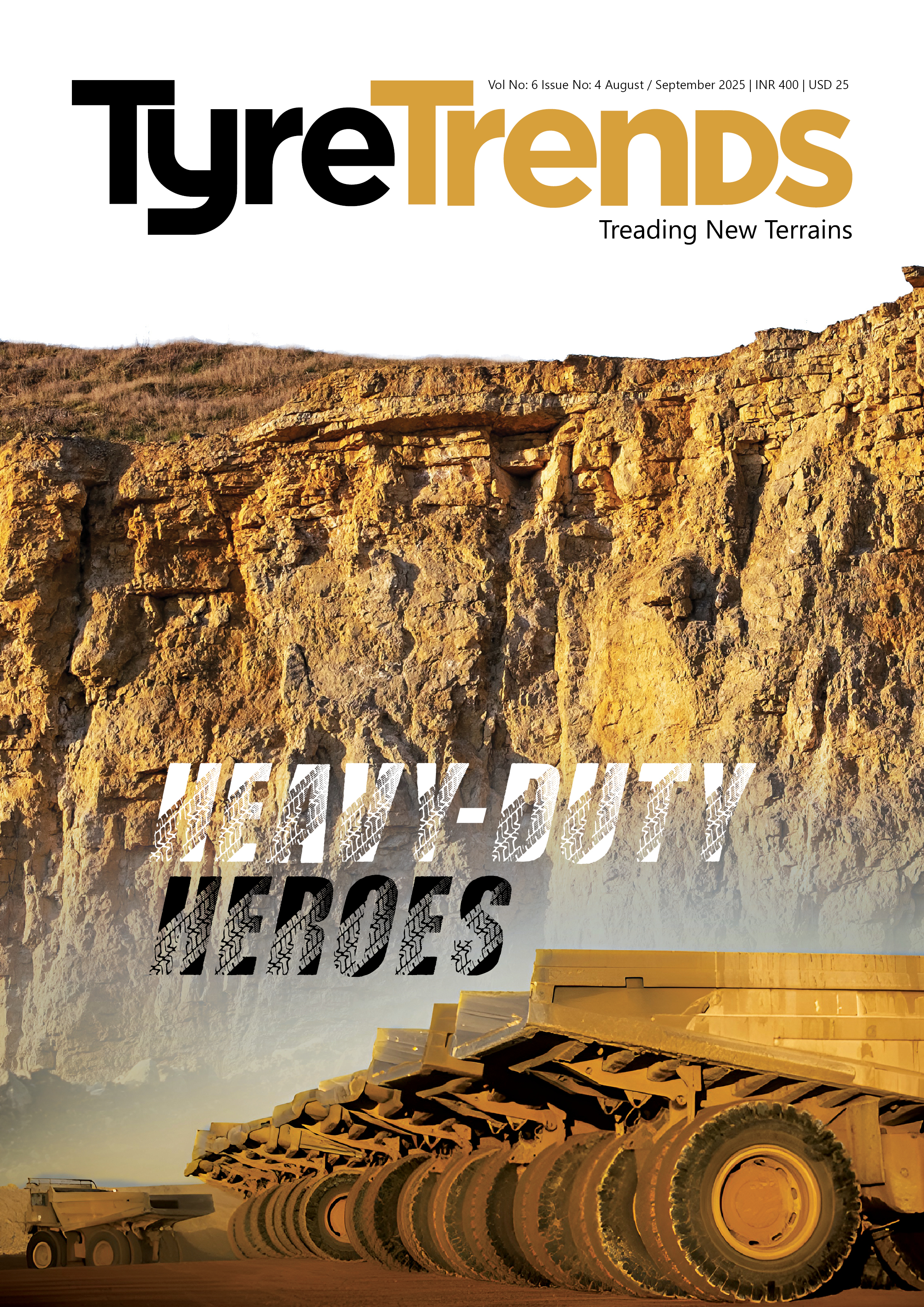
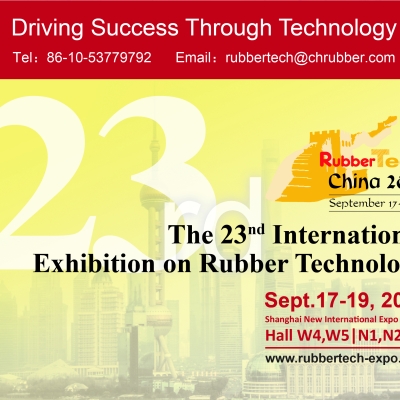


Comments (0)
ADD COMMENT